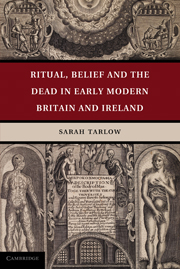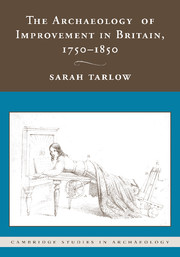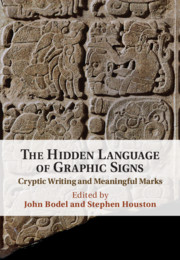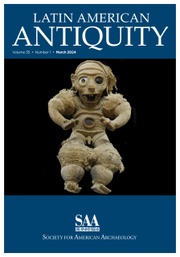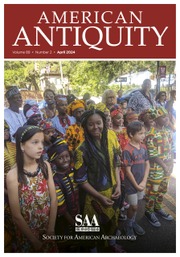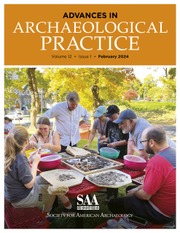Ritual, Belief and the Dead in Early Modern Britain and Ireland
- Author: Sarah Tarlow, University of Leicester
- Date Published: November 2010
- availability: Available
- format: Hardback
- isbn: 9780521761543
$
120.00
Hardback
Other available formats:
Paperback, eBook
Looking for an inspection copy?
This title is not currently available for inspection. However, if you are interested in the title for your course we can consider offering an inspection copy. To register your interest please contact [email protected] providing details of the course you are teaching.
-
Drawing on archaeological, historical, theological, scientific and folkloric sources, Sarah Tarlow's interdisciplinary study examines belief as it relates to the dead body in early modern Britain and Ireland. From the theological discussion of bodily resurrection to the folkloric use of body parts as remedies, and from the judicial punishment of the corpse to the ceremonial interment of the social elite, this book discusses how seemingly incompatible beliefs about the dead body existed in parallel through this tumultuous period. This study, which is the first to incorporate archaeological evidence of early modern death and burial from across Britain and Ireland, addresses new questions about the materiality of death: what the dead body means, and how its physical substance could be attributed with sentience and even agency. It provides a sophisticated original interpretive framework for the growing quantities of archaeological and historical evidence about mortuary beliefs and practices in early modernity.
Read more- Truly interdisciplinary, combining evidence derived from archaeology, history, history of science, folklore and theology
- The first synthetic attempt to interpret primary archaeological evidence of early modern death and burial from across Britain and Ireland
- Deals with 'big questions' of belief, the material body, life and death
Reviews & endorsements
'Of interest to a wide range of readers, [this] book is essential for archaeologists concerned with post-medieval burials, and important in helping to inform current debates about display and research on human remains.' Barney Sloane, British Archaeology
See more reviews'This is an accessible and stimulating book, offering by its scope and breadth a penetrative insight into early modern attitudes to the body, whether recently-deceased or long dead … This book should be required reading for archaeology students and others interested in how past societies have dealt with the consequences of that last great leap in the dark.' Alison Smithson, The Archaeological Journal
Customer reviews
Not yet reviewed
Be the first to review
Review was not posted due to profanity
×Product details
- Date Published: November 2010
- format: Hardback
- isbn: 9780521761543
- length: 238 pages
- dimensions: 235 x 160 x 15 mm
- weight: 0.47kg
- contains: 36 b/w illus. 1 table
- availability: Available
Table of Contents
1. Introduction
2. Religious belief
3. Scientific belief
4. Social belief
5. Folk belief
6. Conclusions.
Sorry, this resource is locked
Please register or sign in to request access. If you are having problems accessing these resources please email [email protected]
Register Sign in» Proceed
You are now leaving the Cambridge University Press website. Your eBook purchase and download will be completed by our partner www.ebooks.com. Please see the permission section of the www.ebooks.com catalogue page for details of the print & copy limits on our eBooks.
Continue ×Are you sure you want to delete your account?
This cannot be undone.
Thank you for your feedback which will help us improve our service.
If you requested a response, we will make sure to get back to you shortly.
×
